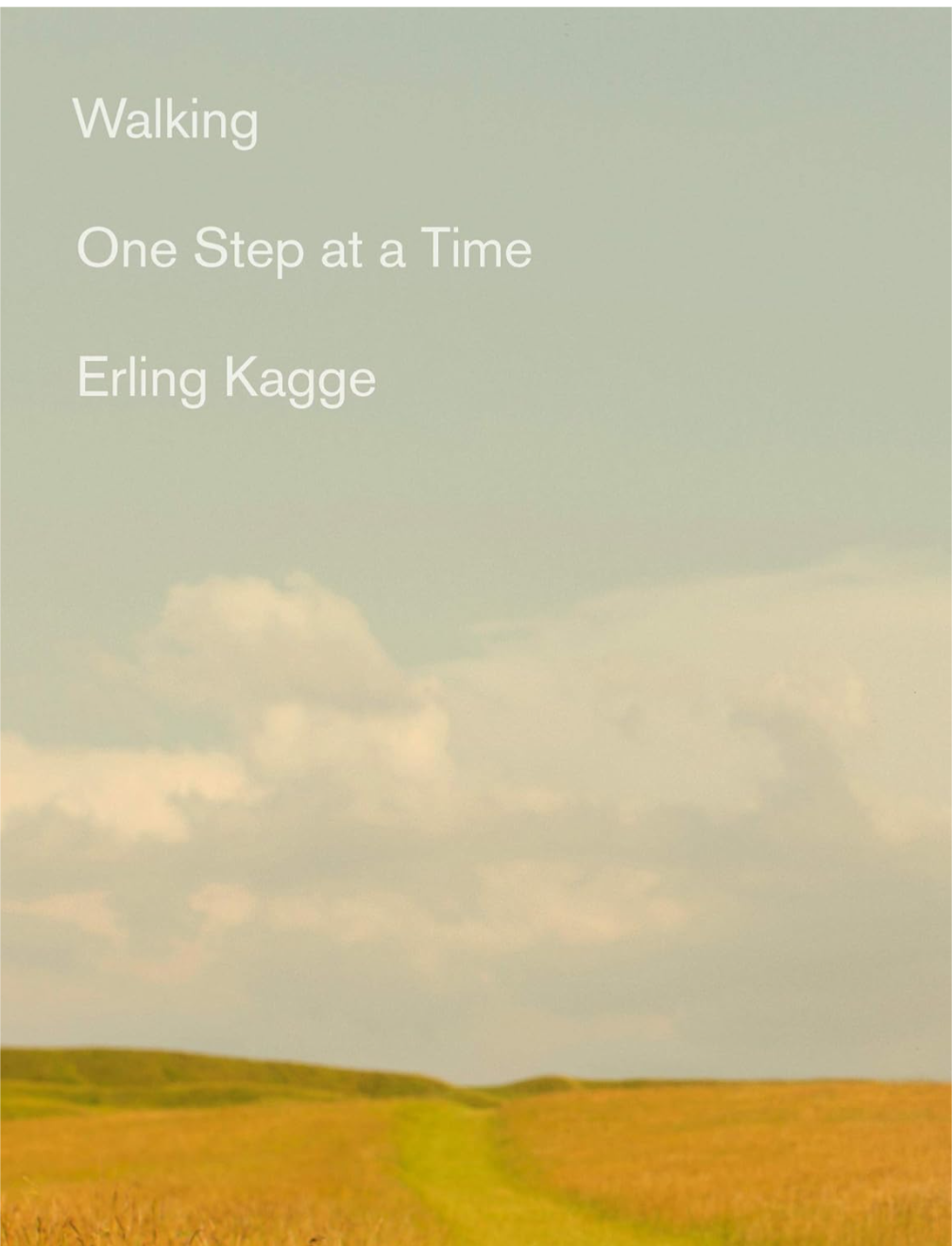From Hierarchies to Networks: The New Architecture of Value
Ed Morrison is a pioneer of a proven discipline, Strategic Doing that is has been validated and refined over three decades.
Ed beautifully articulates the role of trust achieving true collaboration in open networks.
Nick points out that Trust is complex and deeply human.
In the Industrial Age, value creation was largely driven by:
Efficiency,
Control,
Predictability,
And hierarchical structures optimized for repetition.
Trust was delegated through roles and enforced through structure—less about personal connection, more about compliance and command.
But in the Knowledge Age—and especially in open, adaptive networks—the dynamics change:
---
Trust Becomes the Currency for New Value Creation
1. In uncertainty, trust is the glue.
When outcomes are unknown (as shown in the collaboration model), trust allows us to move forward anyway. It becomes the bridge across ambiguity.
2. In networks, trust is the signal.
With no central command, networks self-organize. Trust becomes the signal of alignment, safety, and shared intent. It tells people: “I can take a risk with you.”
3. In creativity and innovation, trust is the catalyst.
You can’t control your way to novelty. You need safe spaces to experiment, fail, adapt, and grow—trust is what makes that safe space real.
4. In speed and scale, trust is the accelerator.
Bureaucracy slows; trust flows. In open ecosystems, trust reduces friction, accelerates decisions, and expands access to ideas, talent, and opportunity.
The Evolution of Value is Also an Evolution of Trust
Cooperation: Stable, but shallow trust. Focused on rules.
Coordination: Growing trust. Focused on timing and structure.
Collaboration: Deepening trust. Focused on shared emergence.
Co-Creation in Open Networks: Distributed trust. Focused on purpose and learning.




Comments
Post a Comment